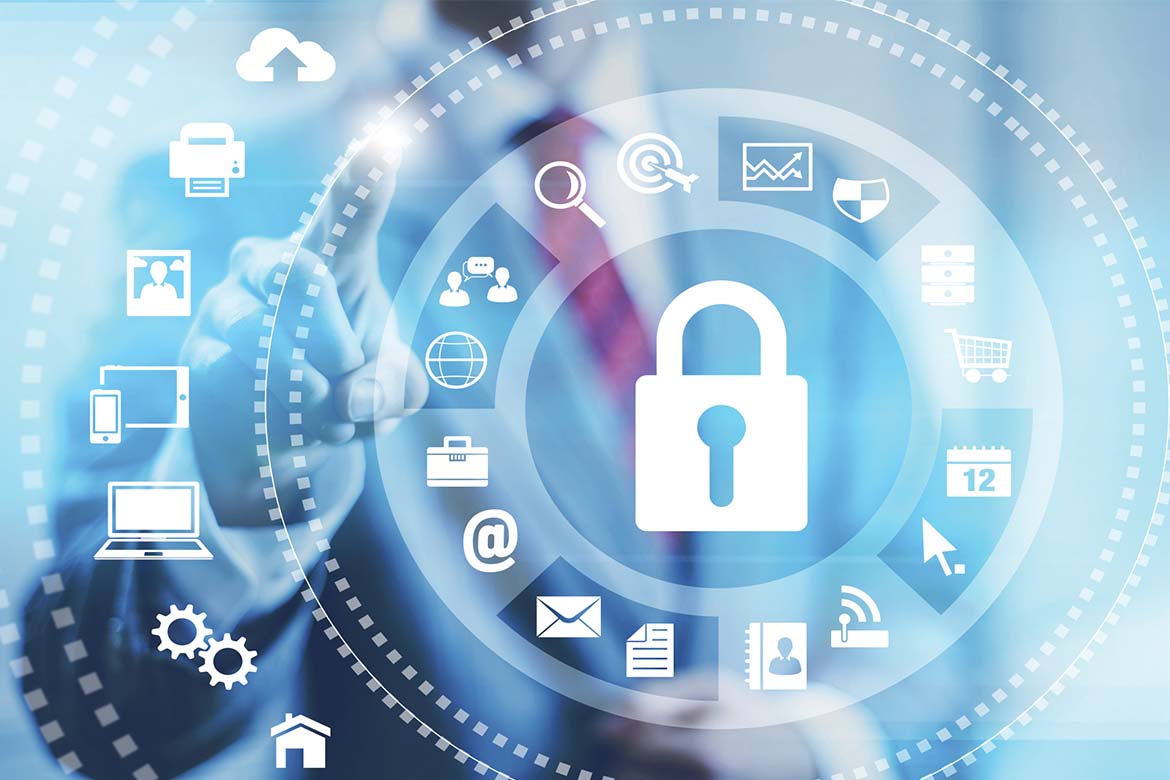Physical Security

Physical security is often overlooked and underestimated. However, breaches of physical security can be carried out with little or no technical knowledge. Physical security is the protection of personnel, hardware, software, networks, and data from physical actions and events that could cause serious loss or damage to an institution. This includes protection from fire, flood, natural disasters, burglary, theft, vandalism, and terrorism.
Best Practices
Know your device
If you do lose your device, in order to help authorities locate it you can record the serial number and MAC address and store that information in a secure location. We do not recommend tracking the device yourself! Here's a guide on how to find your MAC address.
Encrypt your device
Encryption is a way of transforming your data into an unreadable format that should only be deciphered by your password or passphrase. In the case that your device gets stolen, thieves can't simply view your files.
Windows 10 device encryption
macOS device encryption
Backup regularly
Scheduling regular backups can help you keep your important data intact and in a remote location, in the event of theft or infection. Daily backups are recommended. Below are some resources for setting up and maintaining backups.
Windows 10 backup and restore
macOS backup
Track and protect
If you have an iPhone (or most other Apple devices) you can track them through their GPS location using Apple's Find My iPhone. If you have an Android device, you can track your phone through the Android Device Manager. These services will allow you to get an exact location, lock your device, and even wipe your device clean. This information can be helpful to the police.
Do not use Administrator accounts
Administrator accounts have the ability to do essentially anything on the computer. Using administrator account opens the possibility for malicious software to install itself and make changes. A more secure option is to use a non-privileged account for daily activity and only use administrator when it is necessary.
Set a password
Set a password for your devices. That will help your data stay safe.
Lock your screen
Power down, lock up, sign off, or put your device on sleep mode before leaving them unattended.
Secure your environment
Secure your work area or home before leaving to prevent theft. Lock your windows, doors, and garage. Make sure to limit access to your keys and never share your house code, card, or key.
Additional Security Tips
- Prevent tailgating - be aware of anyone attempting to slip in behind you when entering a locked area
- Prevent shoulder surfing by keeping monitors or screens faced away from others
- Use a privacy screen if available
- Do not leave sensitive data in plain sight
- Shred sensitive documents
- Pick up any material you print immediately
Get Help
To request a service, please submit a ticket via ServiceNow.
Report an Incident
Please contact the Information Security team immediately if you experience or are aware of any of the following:
